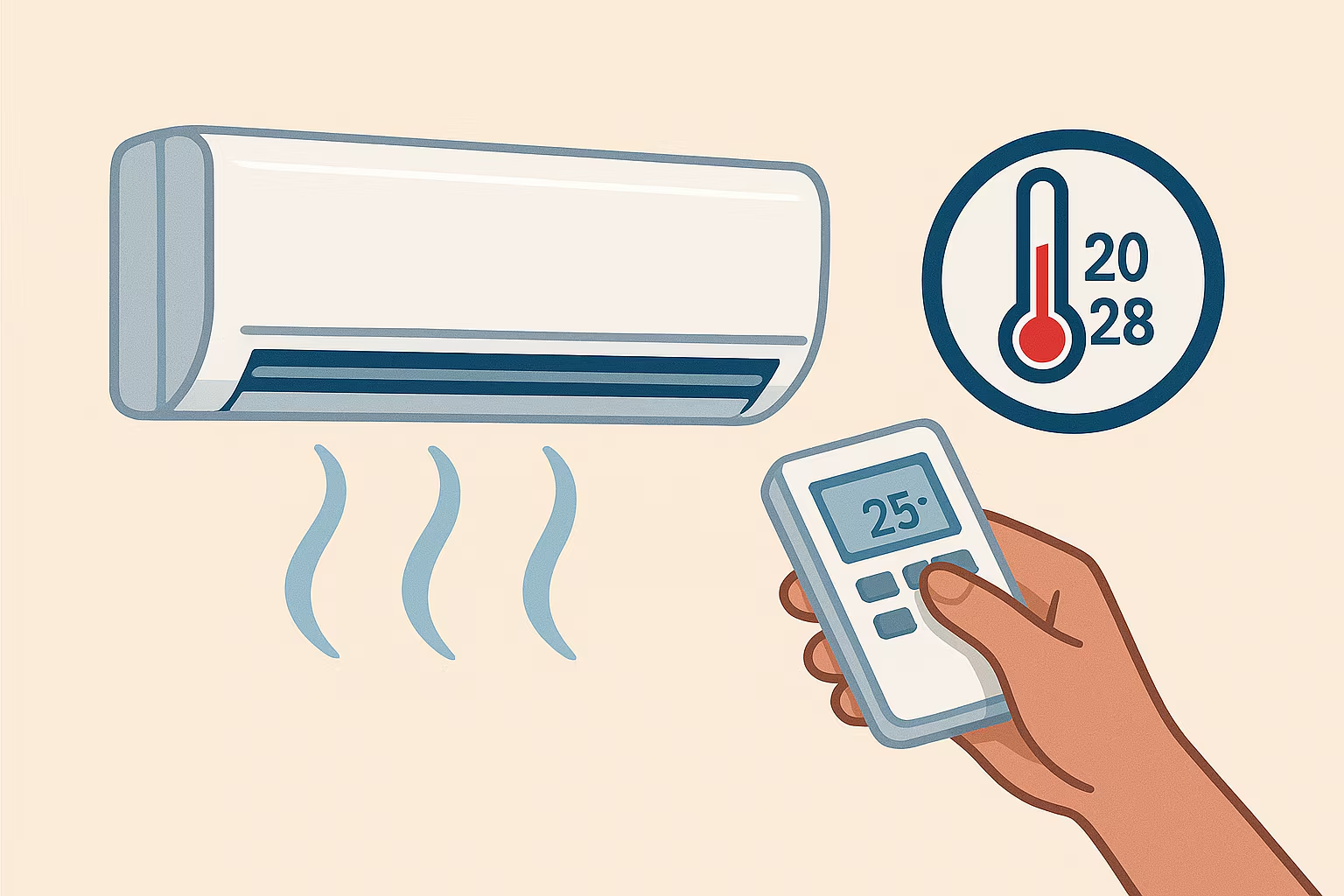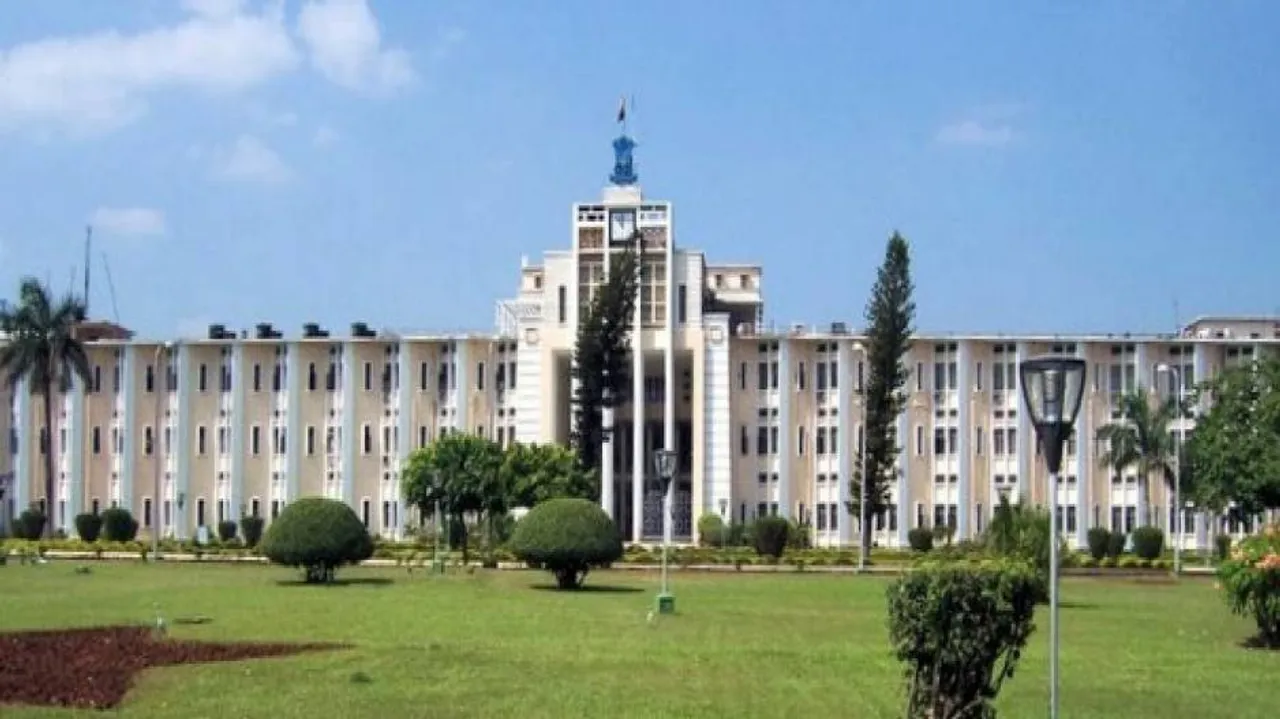New Delhi, June 11, 2025 – In a landmark move to boost energy conservation and tackle soaring electricity demand, Union Minister Manohar Lal Khattar has announced that air conditioners in India will soon be legally required to operate only within a temperature range of 20°C to 28°C. The regulation, which aims to standardize AC usage across homes and commercial establishments, is expected to become mandatory nationwide in the coming months.
“A new provision is being implemented soon regarding air conditioning standards. The temperature standardisation for ACs will be set between 20°C and 28°C, which means we will not be able to cool below 20°C or heat above 28°C,” Khattar stated.
What the New AC Temperature Rule Means for Consumers
Under the upcoming directive, manufacturers will have to reconfigure air conditioners to ensure that users cannot set temperatures below 20°C or above 28°C. This regulation will apply to residential, commercial, and industrial settings, potentially impacting millions of air conditioners in operation across the country.
Currently, many ACs in India offer settings as low as 16°C, contributing to unnecessary energy usage and higher utility bills. The new standard seeks to reverse this trend by aligning indoor temperatures with optimal comfort zones while reducing power grid stress.
Why This Move Matters: Climate, Consumption, and Cost
India’s AC usage has surged over the last decade, particularly among the growing urban middle class. During peak summer months, the country sees massive electricity loads — a significant portion of which comes from cooling demands.
According to the Bureau of Energy Efficiency (BEE), raising the AC temperature by even 1°C can cut electricity use by up to 6%. Shifting from 20°C to a more efficient 24°C could result in energy savings of nearly 24%, slashing costs for households and emissions from coal-fired power plants.
Khattar described the new rule as a “bold step” toward energy responsibility, aimed at driving a behavioural shift in cooling habits.
How India’s New Policy Compares Globally
India joins a growing list of countries that have implemented rules or recommendations on indoor cooling limits to address energy and environmental concerns:
-
Japan: Recommends 28°C for office cooling; advisory only.
-
Spain: Legally mandates minimum 27°C for public/commercial buildings.
-
China: Requires minimum 26°C in government offices during summer.
-
Italy and Belgium: Enforce 25–27°C in public buildings, with winter heating caps.
-
USA & Australia: Promote energy-efficient practices and products without temperature mandates.
Unlike most nations that limit regulations to government or commercial spaces, India’s approach is broader, aiming to enforce the rule across all consumer categories, including private households.
Mandatory or Advisory? India Moves from Suggestion to Regulation
While previous efforts, such as the 2018 BEE advisory to set ACs at 24°C by default, were voluntary, the new temperature standard will be mandatory. Though detailed enforcement guidelines are still awaited, Khattar’s remarks make clear that a national implementation framework is imminent.
Public Health and Comfort Not Compromised
Experts assert that cooling indoor spaces to extreme lows like 16°C is neither healthy nor necessary. The optimal thermal comfort range — factoring in humidity and ventilation — typically falls between 24°C and 26°C. The new regulation stays well within this band, ensuring that consumer comfort remains intact.
A Simple Rule with Massive Impact
What may seem like a minor thermostat tweak has far-reaching implications:
-
✅ Reduced power grid load during peak seasons
-
✅ Lower electricity bills for millions of households
-
✅ Significant cuts in carbon emissions
-
✅ Promotion of sustainable living habits
As India continues to urbanise and face worsening heatwaves, such scalable energy interventions will be crucial in balancing development with sustainability.










